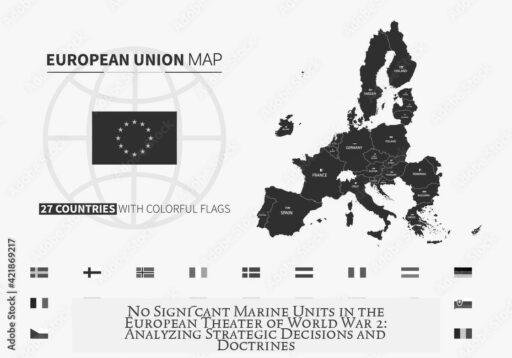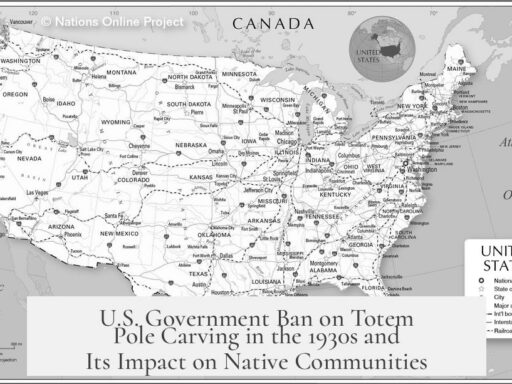The primary reason why there were no significant Marine units in the European theater of World War II is that U.S. strategic decisions and command priorities directed Marine forces primarily to the Pacific theater. Admiral Ernest King, commander of the U.S. Navy, allocated Marine units to the Pacific for amphibious operations against Japan, effectively limiting their involvement in Europe. This decision was supported tacitly by President Roosevelt and aligned with the operational necessities posed by the two-front war.
The strategic backdrop for Marine deployment hinges on the “Europe First” policy adopted by the Allies after the U.S. entered the war post-Pearl Harbor. The policy, strongly pushed by Britain, called for prioritizing the defeat of Germany before focusing on Japan. However, within the U.S., there was some reluctance to fully embrace this strategy, particularly by Navy leadership. Admiral Ernest King wanted to use naval and Marine forces aggressively against Japan in the Pacific.
King’s control over Marine forces—a branch nominally under Navy command—allowed him to allocate these elite amphibious troops to the Pacific theater exclusively. Marines specialize in amphibious assaults and littoral combat, making them strategically ideal for the island-hopping campaigns in the Pacific. The geography and naval nature of the Pacific war matched Marine doctrine perfectly. Meanwhile, the European theater involved primarily large-scale land offensives where the U.S. Army was better suited and far larger in size.
Here are key reasons detailing Marine absence in Europe and their Pacific deployment:
- Command and Resource Allocation: Ernest King viewed Marine units as his personal force for striking Japan’s Pacific holdings. He channeled all significant Marine combat units to that theater.
- Marine Corps Mission: Their doctrine focused on amphibious assaults supported by naval air and artillery. The Pacific’s island chains required this capability extensively, whereas Europe’s continental campaigns did not.
- Size Constraints: By the war’s end, the U.S. Army maintained over 90 divisions, while the Marine Corps had only six. The Army possessed the manpower and equipment to conduct amphibious operations in Europe, filling that gap.
- Operation Control and Strategy: King circumvented strict “Europe First” adherence by ensuring his Marine forces were committed where he could control them, mainly the Pacific, providing a direct strike capability against Japan.
In Europe, amphibious landings did occur, such as D-Day and the invasion of Southern France, but they were chiefly conducted by U.S. Army and British forces. The Army trained and equipped its own units for these operations, diminishing the need for Marine involvement. With Marine forces fully engaged in the Pacific, there were simply no significant Marine combat units left to be deployed in Europe.
Admiral King’s aggressive advocacy for naval and Marine offensive action in the Pacific also shaped the overall war effort. He frequently pressured fleet commanders to intensify Pacific operations. The island-hopping strategy, which isolated and bypassed heavily fortified Japanese positions, heavily relied on Marine amphibious units. This campaign laid vital groundwork for a potential invasion of Japan itself.
Furthermore, Roosevelt’s tacit approval of King’s actions meant the formal “Europe First” policy was effectively balanced to allow a vigorous Pacific offensive simultaneously. King’s influence secured Marine engagements where they could deliver the most tactical and strategic impact, leaving European marine operations negligible.
| Factor | Impact on Marine Deployment |
|---|---|
| Strategic Prioritization | Europe First accepted but overridden by naval priorities for Pacific offensive. |
| Command Control | King directed Marines primarily to Pacific theater. |
| Marine Doctrine | Best suited for amphibious island assaults, less so for continental campaigns. |
| Size and Resources | Limited Marine units; Army filled Amphibious role in Europe. |
| Operational Needs | Pacific required specialized amphibious capability of Marines. |
To summarize the main points:
- Marines specialized in amphibious warfare ideal for Pacific island battles.
- Admiral King controlled Marine units and kept them in the Pacific.
- Europe’s amphibious operations were handled by the Army and allied forces.
- Marine Corps size was relatively small compared to the Army’s vast divisions.
- Roosevelt allowed this deployment balance despite the Europe First policy.
Why Were There No Significant Marine Units in the European Theater of World War 2?
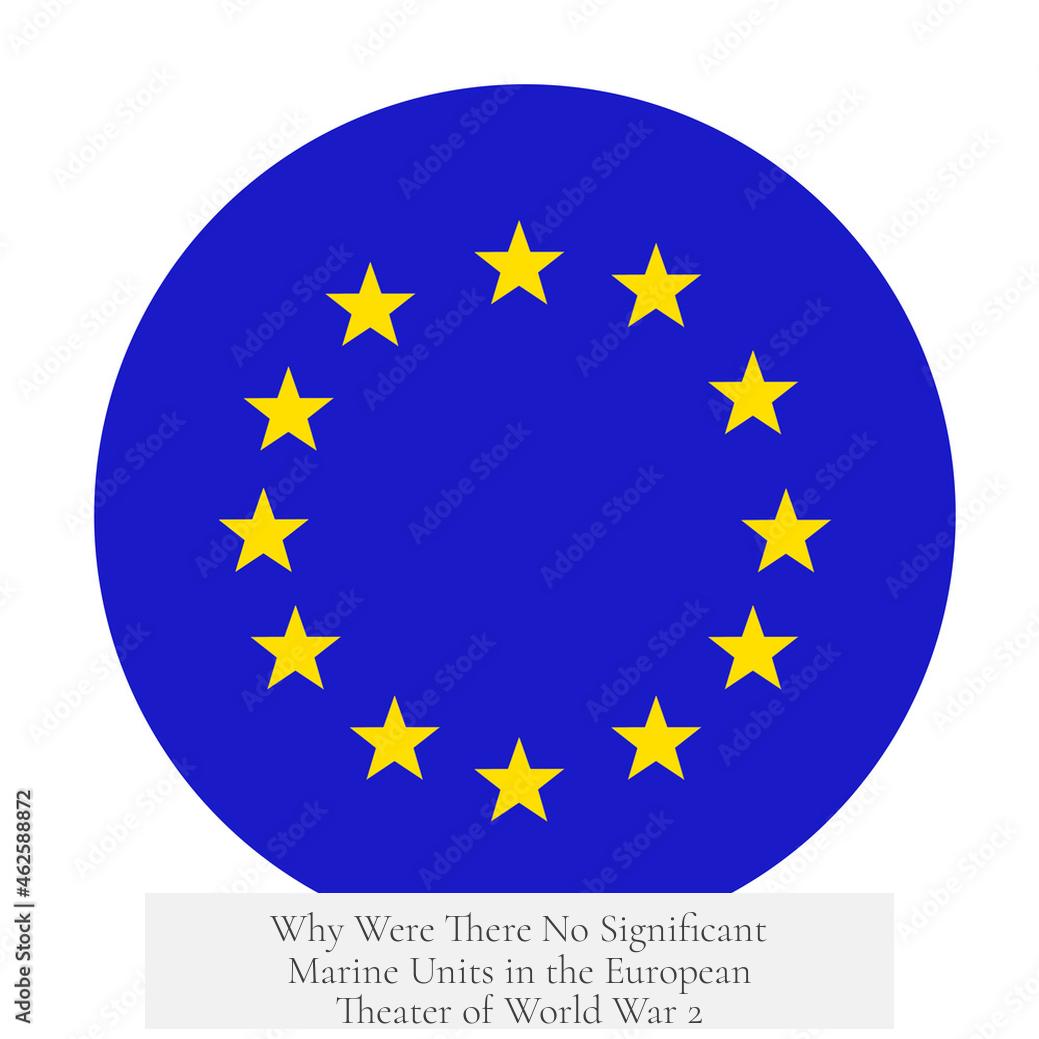
Simply put, the U.S. Marines were almost entirely committed to the Pacific Theater during World War II due to strategic decisions, command disputes, and the unique role the Marine Corps played in amphibious warfare. This decision left the European front primarily to the Army, which had sufficient resources and expertise to handle land and amphibious operations there. Let’s unpack this story because it’s far from a simple “they just weren’t needed” answer.
World War II was a massive juggling act involving multiple fronts, international agreements, and personality clashes among commanders. The tale behind why Marines didn’t show up in large numbers on European shores is a blend of strategic planning before and after Pearl Harbor, command structure wrangling, and the special nature of Marine warfare.
Strategic Decisions Before and After Pearl Harbor: The Seeds of Deployment
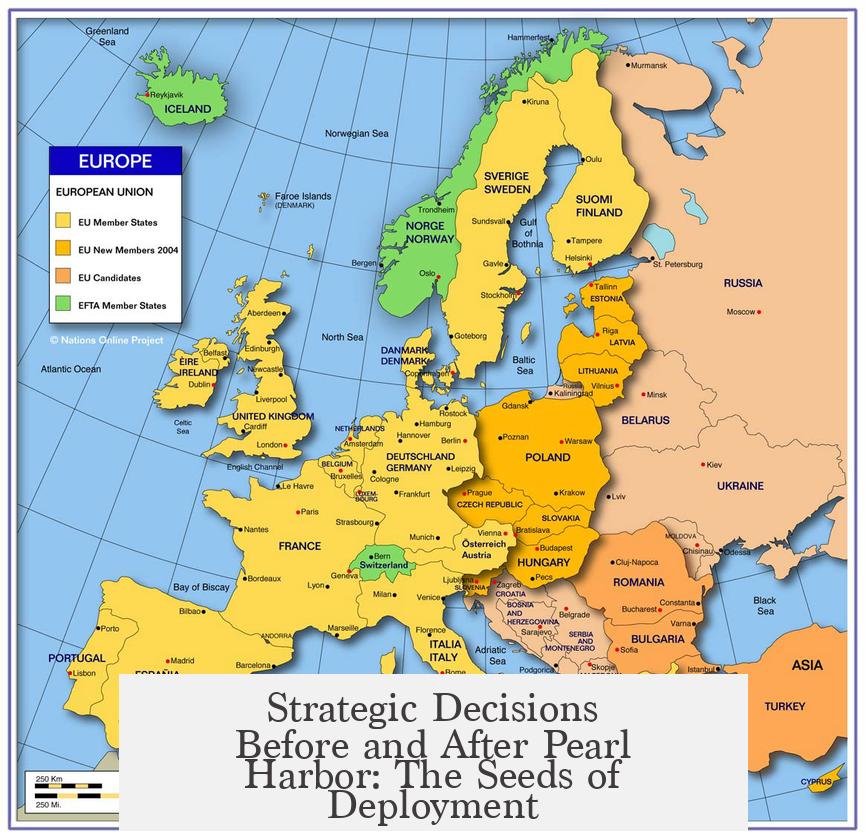
Before the U.S. entered the war, military planners worked on contingency blueprints to handle threats. One plan, known as “Orange,” was outdated by the time hostilities began. It focused on potential conflict with Japan but became obsolete as new “Rainbow” plans replaced it. Notably, Rainbow-5 called for a joint Army-Navy defense of Hawaii. This defense would later dictate where Marines came into play.
When Japan attacked Pearl Harbor on December 7, 1941, America’s strategic world flipped. Britain, under constant aerial bombardment and so close to Nazi-occupied Europe (the English Channel is only 21 miles wide at its narrowest!), pushed for a “Europe First” approach. The UK’s stance was simple: Germany posed the existential threat that had to be stopped before focusing on Japan.
Meanwhile, Americans debated internally. Was Japan or Germany the bigger problem first? The U.S. Army, led by George Marshall, leaned toward Europe First, aligning with Britain’s perspective. However, the Navy, spearheaded by Admiral Ernest King, was laser-focused on Japan, considering Pearl Harbor the more immediate danger.
Inside the Army, another division existed. General Douglas MacArthur, famously linked with the Philippines, obsessed over reclaiming that territory from Japan, which further emphasized the Pacific for the Army’s pro-Japan faction.
At the 1943 Casablanca Conference, tensions boiled over. British Field Marshal Alan Brooke accused Admiral King of quietly prioritizing the Pacific, in breach of the Europe First consensus. This rift set the stage for Marine deployments.
Pacific Command Structure: Divided and Conquered
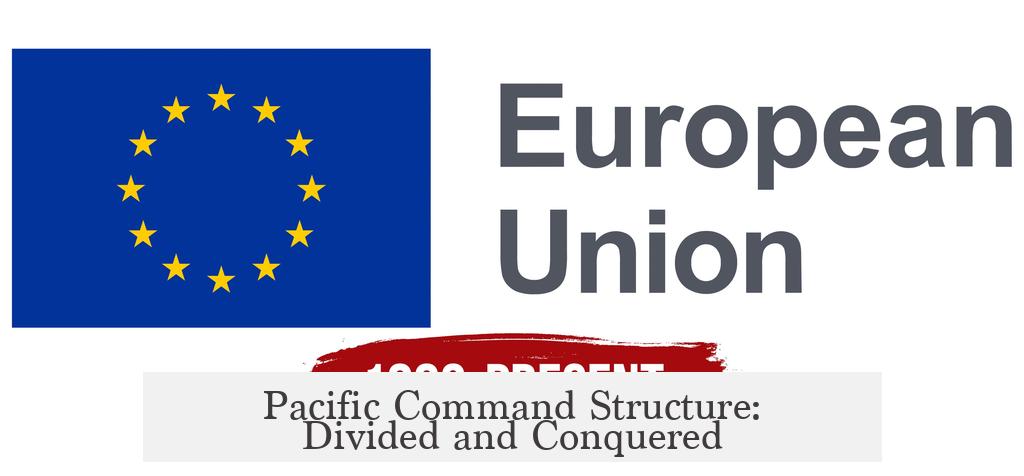
U.S. command in the Pacific featured an unusual split. Navy Admiral Chester Nimitz led the Pacific Ocean Area, while MacArthur controlled the Southwest Pacific. Nimitz had a primarily naval force with an offensive mandate for amphibious assaults, while MacArthur was given mostly Army units with a defensive mission, protecting Australia and preparing for eventual offensives.
This division mattered because Marines are part of the Navy, not a separate branch. Admiral Ernest King, essentially the Navy’s boss and a strong advocate for aggressive Pacific action, seized control of Marine units. He allocated all combat Marines to the Pacific, where amphibious operations were essential. Since Europe’s amphibious assaults were largely assigned to the Army, this left no Marine units free for the European front.
Admiral Ernest King’s Influence: The Marine Corps’ Pacific Focus
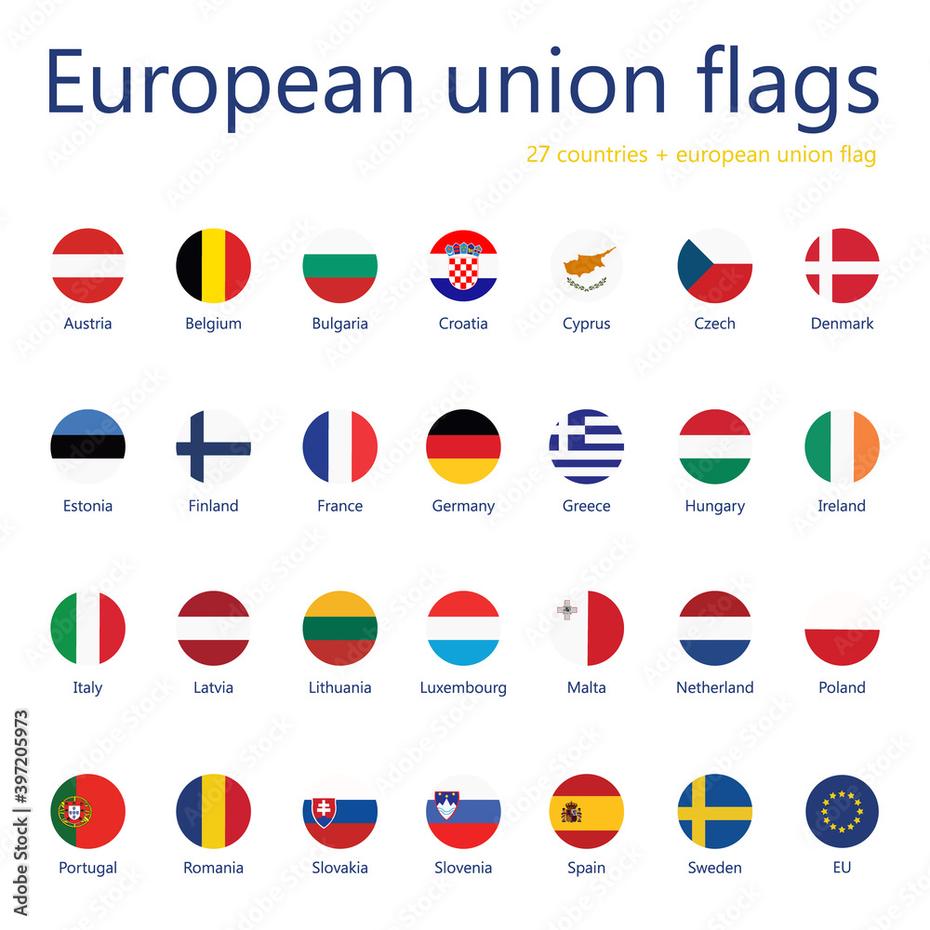
Ernest King’s aggressive style shaped Marine deployments. He considered Nimitz too cautious and constantly pressured him to push harder against Japan. By approving the iconic island hopping campaign, King ensured Marines would storm beaches from Guadalcanal to Peleliu, where their amphibious skills shone brightest. He wanted his Marines engaged directly with Japanese forces, not spread thin across European beaches where Army troops were more plentiful and experienced.
King’s maneuvering went somewhat under the radar. While America and Britain officially agreed Europe would be the priority, King quietly backed a Pacific-first operational tempo. This “backdoor” approach meant Marines became the spearhead for offensive island assaults, a role no other branch could fulfill as naturally.
The Marine Corps’ Role and Doctrine: Why the Pacific Was Their War
The Marine Corps was designed specifically for amphibious warfare—landing forces on hostile shores with naval artillery and air support. The Pacific Theater’s geography was a perfect fit: hundreds of islands required landing craft, shore-to-shore fighting, and quick, versatile forces.
Using Marines in Europe, except for a few specialized operations, would have been inefficient. The Army was much larger—over 90 divisions compared to the Marines’ six at war’s end—and had developed extensive amphibious capabilities themselves.
Moreover, Marine doctrine emphasized the littoral zone (the coastal edges where sea meets land), so these troops thrived in the Pacific conditions. Europe’s massive land battles and large-scale operations suited the Army’s structure better, making Marines less practical there.
Was the Lack of Marines in Europe a Shortcoming or a Strategic Blessing?
One might wonder: was it a missed opportunity to deploy Marines to Europe? Not really. The Army had enough divisions and training programs to handle diverse operations, including amphibious landings like D-Day. Assigning Marines to Europe would have been redundant and created command conflicts.
By focusing Marines on the Pacific, the U.S. exploited their unique strengths and specialized training. Simultaneously, Army forces in Europe carried the brunt of land warfare. The division of labor made operational sense.
What About Amphibious Operations in Europe?
Amphibious assaults did occur frequently in Europe, notably the Normandy landings, the invasions of Sicily, and Southern France. These were commanded and executed predominantly by Army units, often supported by Navy personnel and Coast Guard vessels.
The Army proved capable and willing to handle these complex operations, which reduced the necessity of pulling Marines from their Pacific missions.
Summary: Putting It All Together
- Before WWII, America’s focus was Pacific-oriented but evolving plans rendered old strategies obsolete.
- Post-Pearl Harbor strategic debates stressed Europe First for Britain but a divided stance in the U.S.
- Admiral Ernest King allocated Marine units exclusively to the Pacific, ensuring their use in amphibious assaults on islands.
- The Marine Corps possessed unique amphibious expertise more suited to Pacific warfare’s geography than Europe’s continental battlefields.
- The Army was large, versatile, and able to cover amphibious operations in Europe without needing Marines.
- Command wrangles and strategic diplomacy maintained the Europe First official policy, but King’s Pacific focus shaped actual resource deployment.
So, the Marines’ absence from Europe was less about a lack of willingness and more about smart, practical military strategy shaped by geography, command politics, and doctrine. They fought where they were needed most and where their skills mattered most.
Final Thoughts: A Lesson in Military Strategy and Personality Politics
Military history often glosses over personality conflicts and administrative nuances, but here they played a huge part. The tussles between King, Marshall, MacArthur, and British leaders shaped the allocation of troops and influenced war outcomes far beyond simple battlefield decisions.
Next time you picture the D-Day landings, remember: they were largely an Army affair, while across the ocean, the Marines were busy turning countless small Pacific islands into stepping stones for victory over Japan.
“The Marines are America’s 911 Force, trained to storm beaches and secure islands. In WWII, their 911 call came from the Pacific. Europe was the Army’s emergency.”
It’s a story of strategic balance, personal politics, and military specialization. Quite the plot twist, isn’t it?
